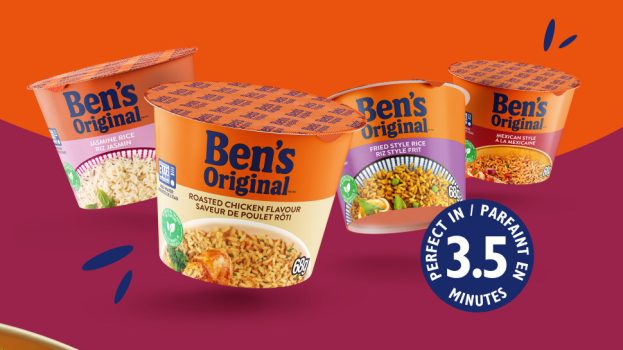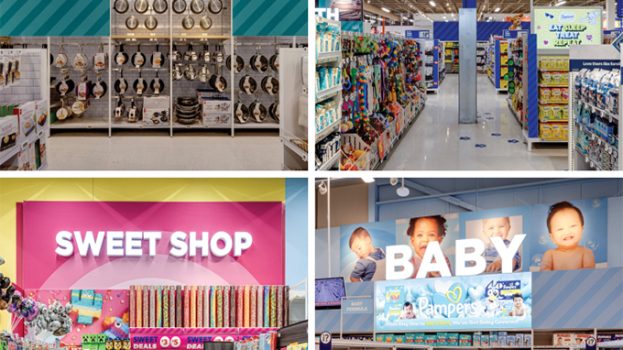By John Bradley
I spent most of the last nine months updating a business book I wrote with Greg Thain called Store Wars: The Battle for Mindspace and Shelfspace that was first published in the mid-1990s. It’s been illuminating to see how much has changed and how much hasn’t in the battle between fast-moving consumer good (FMCG) brands and retailers.
The horizontal competition between brand owners for share of market and between retailers for share of shoppers remains much the same.
The big mostly got bigger: brands extended their footprint through line extensions while retailers extended theirs via formats.
And while new fields of battle have arisen, most notably online, the fundamentals of competition remain very recognizable to marketers and retailers trained in the ’90s.
However, vertical competition between manufacturers and retailers for share of transaction profits has changed almost beyond recognition. FMCG retailers are now bigger, faster-growing, more complex, more sophisticated, better managed and better financed than suppliers to whom they previously played second-fiddle on all counts.
Virtually all these changes have been powered by a seismic shift in the availability and usage of consumer knowledge, captured at retailers’ checkouts and combined with loyalty card info.
In 1994, Tesco, then the U.K.’s number two retailer, hired Dunnhumby to help it analyze its database, and within three months former Tesco chairman Lord Ian MacLaurin said, “What scares me about this is that you know more about my customers after three months than I know after 30 years.”
Nearly 20 years later, data on billions of individual transactions is now used to identify thousands of customer segments with a retailer’s marketing customized to create exceptionally strong relationships with its best shoppers. In contrast, the availability and usage of manufacturers’ knowledge on who buys its brands where, when, why, how often and with what would be very recognizable to a marketer from back in the 1990s.
Perhaps the most potent use of this explosion in retailers’ shopper knowledge has been in driving another area that has changed dramatically: the increased scale, scope and sophistication of retailer private label.
Fifteen years ago, private label was widely available but was mostly limited to basics or copycats of big brands. However, retailers today have used their knowledge base to become sophisticated marketers of their own complex range of brands. Tesco, now dominant in the U.K., has up to 10 different branded private label ranges.
Each of its brands has scale, even though they’re only available in one retailer, because private label brands transcend dozens of categories. By employing segmentation not just horizontally across price bands targeting different shoppers, but vertically across consumer needs, ranges can expand or be refreshed almost indefinitely, directed by the ever-aggregating sales databases. As the product ranges become more segmented, the resulting sales data becomes more refined in a circle of ever-increasing consumer satisfaction.
By having hard, live sales data across tens of thousands of products, retailers can become the drivers of consumer trends. The widespread availability in Europe of GMO-free products almost entirely resulted from major retailers’ demand from reluctant suppliers.
A well-segmented range of private label brands and increasing store margins, bringing in more shoppers and making them more loyal, puts the squeeze on brand manufacturers. This has contributed to another notable change: the flow of money from brand owner to brand retailer, which has become a torrent in recent years, dwarfing consumer investment in many cases. It is common for manufacturers to be more worried by this increased pressure for discounts than by the fundamental reason behind it: the relative shift of knowledge.
However, manufacturers should not lose hope. The shift of power is not inevitably towards the retailer; it has shifted several times since mass markets emerged in the mid-19th century. When it shifts it does so because of significant innovation aimed at understanding and serving shopper needs better, which is what we are paid to do.
After working in brand marketing for 25 years, John Bradley wrote Cadbury’s Purple Reign (2008) and is now co-author of Store Wars: The FMCG Battle for In-store and Online Success.
























